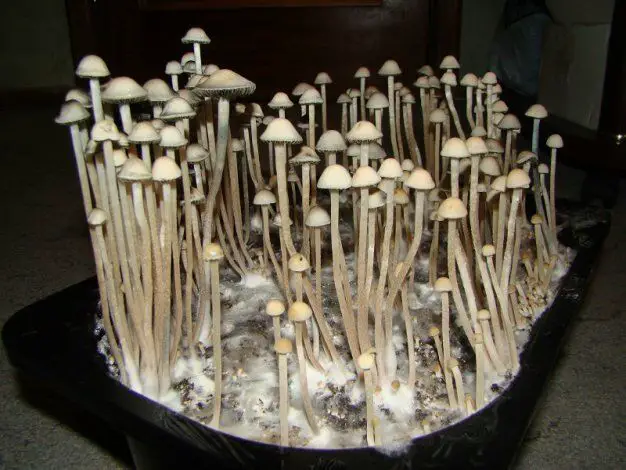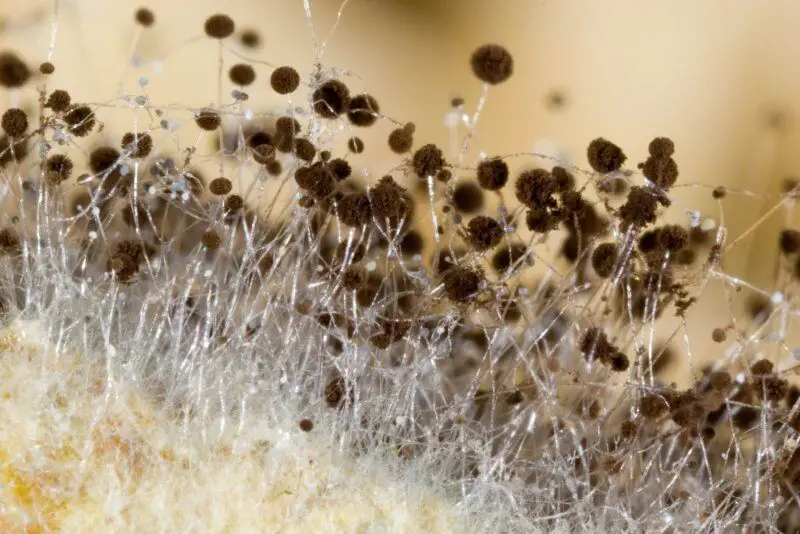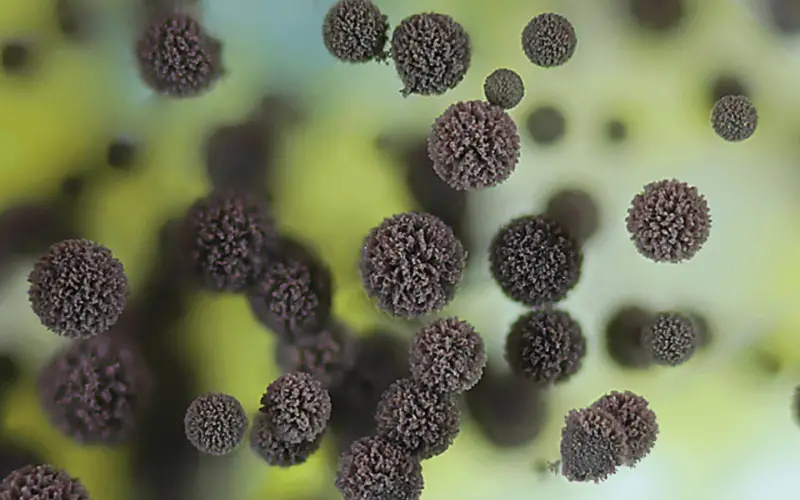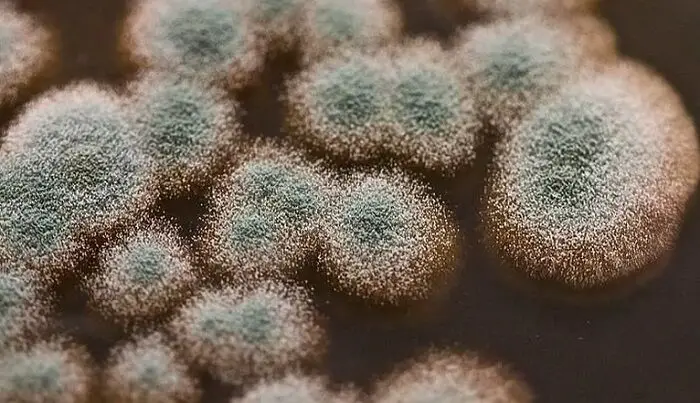Forest mushrooms: mushrooms, boletus, and boletus can grow in the garden, provided that aspens, birches, or oaks already grow on your site. Forest mushrooms are closely related to trees, forming a mutually beneficial relationship with mycorrhiza. All mushrooms grow from collecting mushroom spores either collected by nature or by individuals.
If only pines and spruces grow on the plot, then try to grow spruce white mushrooms or spruce mushrooms other mushrooms will not grow in you. Butterflies grow only near deciduous trees, and chanterelles are omnivorous they grow next to coniferous and deciduous trees.
We will discuss here how to collect mushroom spores and harvest them and care for growing mushrooms.

The recommended distance from trees is 1.5-2 tree crown diameters. For example, if the diameter of the birch trunk at the root collar is 35 cm, then the optimal distance for planting mushrooms is 60-70 cm.
Properly planted, the fungi fuse with the root system of the tree, supplying the plants with mineral nutrition, and the plants return sugar to the fungi that they cannot produce on their own. Mutually beneficial cooperation is formed, so if there are no trees, then the mycelium will not form the aerial part and we will not see mushrooms.
Table of Contents
where are spores located?
Depending on the type of spores, they are located in different organs of mushroom.
- Ascospore: is formed and develops in the ascus (bag) in marsupial species. Such an organ makes it possible to single out ascomycetes, for example, morels, truffles, into a separate class. One bag usually serves as a place for maturation and growth of up to 8 ascospores, in some species this number varies and ranges from 4 to 128. The mode of arrangement is predominantly linear.
- Basidiospore: is the reproductive structure of basidiomycetes. It is located in special thickened terminal cells – basidia. Basidial cells are formed in the hymenial layer of the fruiting body or directly on the fungal mycelium, for example, in porcini mushrooms, puffball and Reishi tinder fungus. Usually on one basidium there are 4 basidiospores with one nucleus each. Under favorable conditions, they germinate with the formation of fungal hyphae.
- Conidiospores or conidia: non-motile, known as mitospores because appear as a result of mitosis. They are haploid cells. By the way. From the point of view of genetics, they are completely identical to the haploid parent cells. They differ from the usual way of formation, which occurs not in sporangia, but on the open surface of the mycelium. Characteristic of marsupial, basidial, imperfect species.
what do mushroom spores look like?
mushroom spores look like


How to collect mushroom spores and harvest them?
Follow the step-by-step procedure to harvest and collect mushroom spores from different mushrooms.
First, Sort the mushrooms collected in the forest belts by type: those that grew under birches (aspens, oaks) – in one direction, and those that grew under pines and spruces in the other. This is done in order not to confuse disputes during landing.
Spores are extracted only from ripe and overripe mushrooms, not paying attention to worms. Hats are dipped in a bucket or barrel of rainwater and left for a day. Then the caps are squeezed in water like a sponge and poured onto the landing site from a watering can with a sprinkler.
The soil at the mushroom planting site must be prepared in advance to dig up without turning the layer over and loosen well with a rake. The main thing is to correctly maintain the distance from the trees (see above). If everything is done correctly, then the shoots will be uniform.
In the absence of commercial mushrooms, very old and decrepit mushrooms can be used. They are put in a bucket of rainwater for a couple of days, and when they soften, they are squeezed out and the mushroom mixture is poured under the trees.
If possible, soil with mycelium is brought from the forest, cut into tiles, and carefully laid under the trees. Laid tiles should be well watered, preferably rain. From above, freshly laid tiles should be sprinkled with foliage, moss, or needles.
The laziest gardeners can grind wild mushrooms in a meat grinder, soak the mixture in rainwater overnight, and then pour it all around a tree birch, aspen, oak, or pine. It is advisable to cover the place with foliage or other improvised material to slow down drying.
The most unpretentious mushrooms in cultivation are champignons. They can be propagated by collecting old mushrooms. To do this, you need to crush the old mushrooms in water, insist on them for 2 hours, and pour them onto the soil in a shaded place on your site so that the soil is well saturated with the prepared mushroom water.
Any of these methods can be successfully used for growing boletus and aspen mushrooms on the site, which, by the way, are much less capricious when growing them on the site than porcini mushrooms. And such a mushroom plantation can work for many years, giving a rich harvest of mushrooms. And you don’t have to go to the forest.
If your site is small and only fruit trees grow there, various wild mushrooms can be grown in the same way in the nearest forest or grove where there are pines, spruces, oaks, or birches aged 10–30 years.
At the same time, you also need to choose a place similar to where the planting material was taken from (according to the composition of the soil, tree species, the nature of the undergrowth, and grass cover). Then the forest mushroom plantation created by you will provide you with a pleasant rest while hiking for mushrooms and excellent delicacies made from real forest mushrooms.
When growing forest mushrooms, do not forget the main rule – you need to plant them only under a tree of the species near which the mycelium or mushroom was taken for planting, since these forest inhabitants are very attached to their neighbors. It is best to plant mushrooms in the fall, before the cold weather.
How long does it take a spore to turn into a mushroom?
Under favorable conditions, mushrooms can be collected the next year (when planted in summer), and when planted in spring, with spores from dried mushrooms – in the year of planting.
Where do mushroom spores come from?
They develop by mitosis inside mushroom spores (sporangia) by an endogenous method or at the ends of mycelium processes (conidiophores) by an exogenous method. Tubular and agaric mushrooms form mushroom spores on the walls of hymenophore plates and tubules.

- Ascospores: appear in the process of meiosis – the reduction division of the cell nucleus, in which the number of chromosomes decreases by 2 times. It occurs in germ cells and leads to the formation of gametes (sex cells). After subsequent cell division, an asca (bag) is formed, where there are 4 spore pairs.
- Basidiospores: are formed during the process of sexual sporulation, in which the nuclei of two cells merge during fertilization. Its result is the appearance of a first diploid (with a double set of chromosomes) nucleus, dividing by meiosis, and then 4 basidiospores are formed from it.
- Conidiospores: are formed during asexual reproduction in the process of mitosis – indirect cell division (with the preservation of the original number of chromosomes): blastically – with it, spores are visible until separation from conidiogenesis hyphae, thallally – with it, a septum initially develops, and then a part that separates from it turns into an argument.
Conclusion
In conclusion, collecting mushroom spores can be a fun and rewarding experience. By following the proper steps, you can ensure that you are successful in your endeavor. Be sure to have all the necessary supplies on hand, and be patient while collecting spores. With a little practice, you will be able to successfully gather spores from many different types of mushrooms.